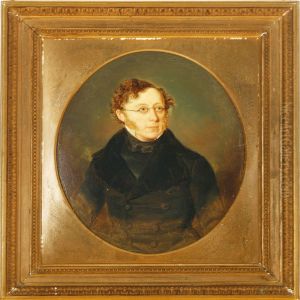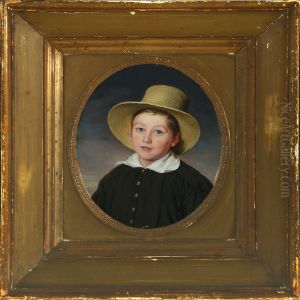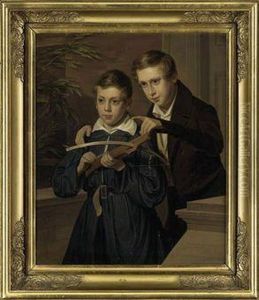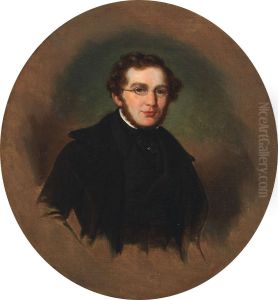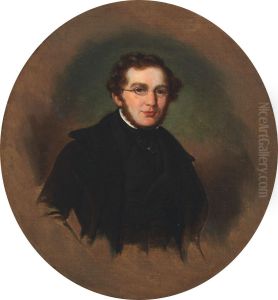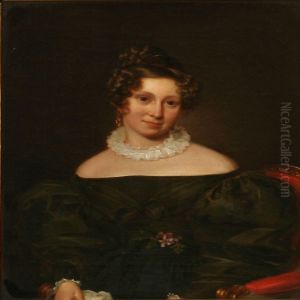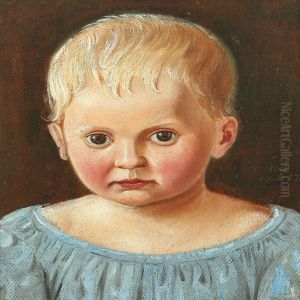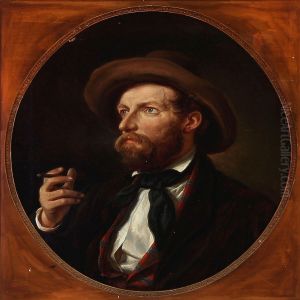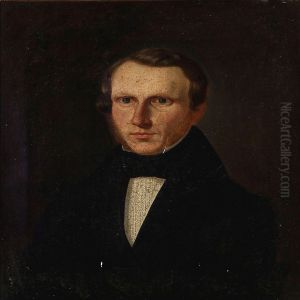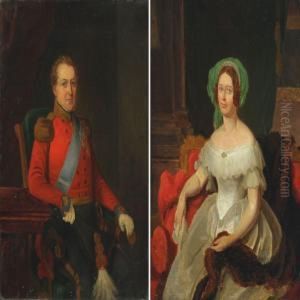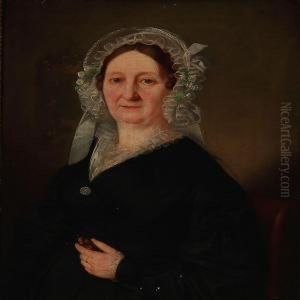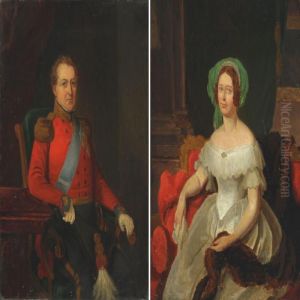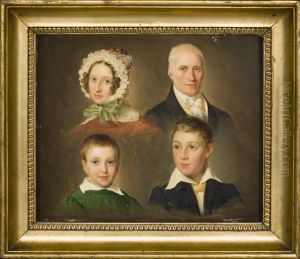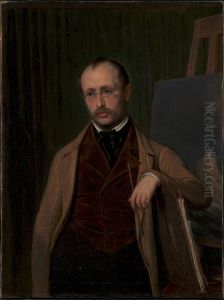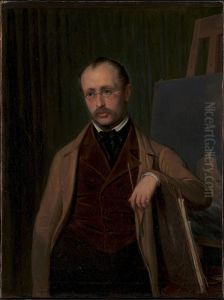Emil Baerentzen Paintings
Emil Baerentzen was a Danish painter and lithographer who made significant contributions to the Danish art scene in the 19th century. Born on February 27, 1799, in Copenhagen, Denmark, Baerentzen was initially trained in the classical traditions of painting, but his interests and contributions would later expand into the realms of lithography, a field in which he became a pioneering figure in Denmark.
Baerentzen's early career was marked by his traditional paintings, which included portraits, landscapes, and historical themes. However, his encounter with lithography, a printing process that was relatively new at the time, would eventually steer his artistic journey in a new direction. Recognizing the potential of lithography for reproducing images, Baerentzen became one of the early adopters and promoters of this technique in Denmark.
In 1826, he founded Em. Baerentzen & Co., a lithographic company that played a critical role in the dissemination of lithographic works in Denmark and beyond. The company produced a wide range of materials, including portraits, topographical views, and educational illustrations, thereby contributing to the popularization of lithography as a medium of artistic expression and information dissemination.
Baerentzen's work as a lithographer was characterized by his meticulous attention to detail and his ability to capture the essence of his subjects. His portraits, in particular, were noted for their accuracy and lifelike quality, making them highly sought after by the Danish elite and contributing to the prestige of his company.
Beyond his contributions to lithography, Baerentzen was also involved in the Danish art community as a member of the Royal Danish Academy of Fine Arts, where he served in various capacities, including as a professor. His involvement with the Academy underscored his commitment to the advancement of the arts in Denmark and his influence on a generation of Danish artists.
Emil Baerentzen passed away on February 14, 1868, leaving behind a legacy that had a lasting impact on Danish art, particularly in the field of lithography. His pioneering work not only advanced the technical aspects of lithography but also demonstrated its artistic potential, thereby enriching the cultural heritage of Denmark.
